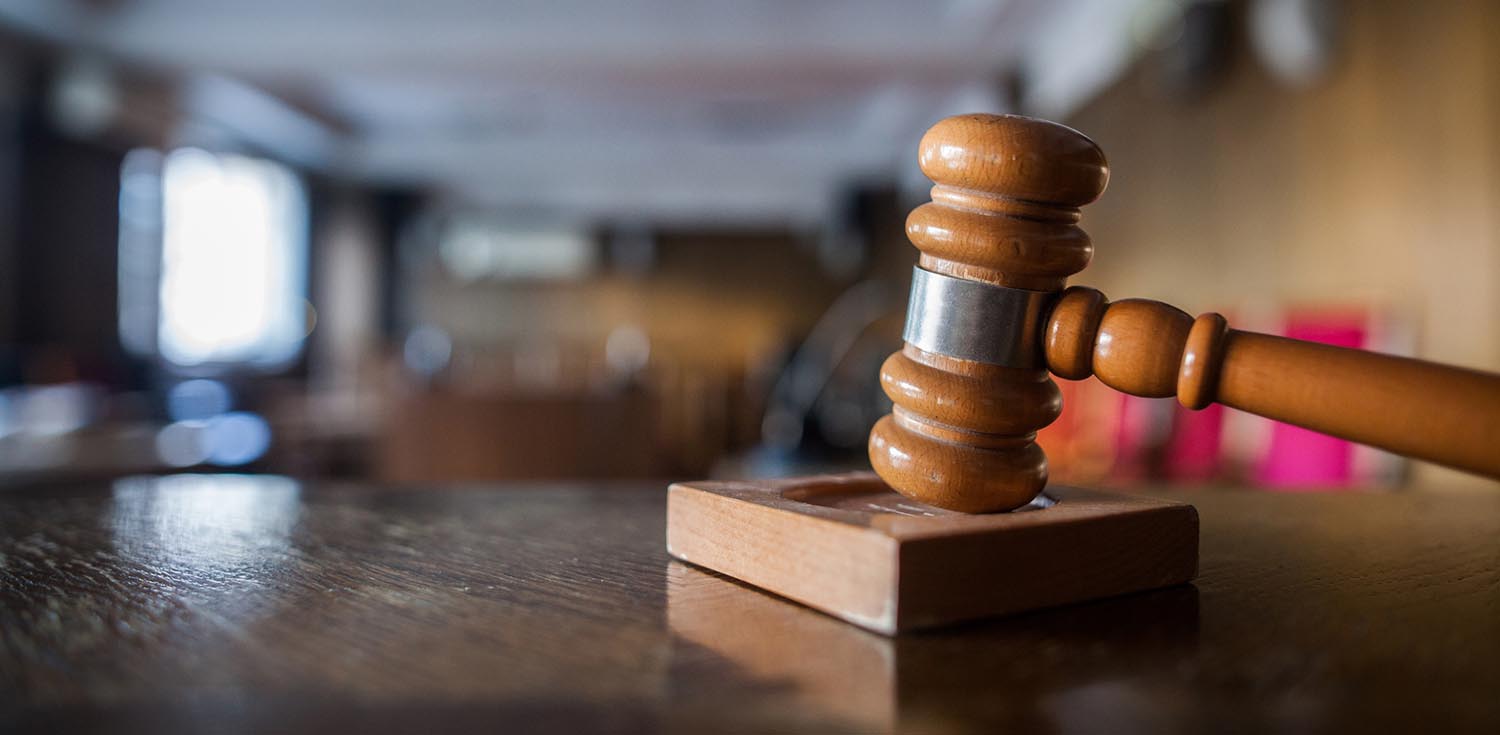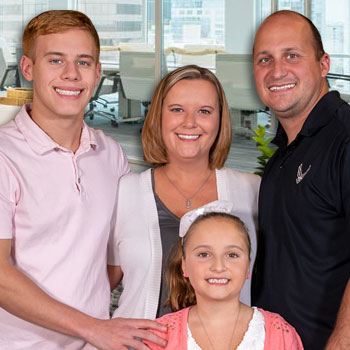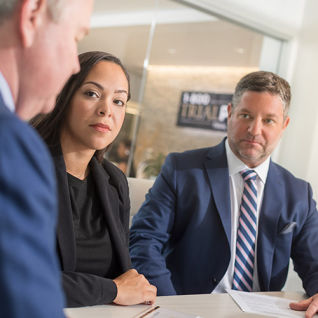Frequently Asked Questions - What does it mean when case is in suit?

Most personal injury claims resolve at some point before going into litigation but, when a settlement is not reached despite every effort to do so, the decision may be made to file a lawsuit. Since not every client is familiar with the suit process, questions frequently arise. What is the next step? Will I have to go to trial? And, most importantly, how long will this take? While some of the questions that clients pose cannot be answered definitively at the time suit is filed (such as the exact time a case will take to resolve) all can be explained so that the client can fully understand the progression of a case that has been put into suit. It is important that each step of the litigation process be discussed with the client so that he or she can feel more confident and secure and be an involved participant as the case moves towards its conclusion.
At the time that it becomes clear that no acceptable pre-suit settlement offer will be made, a lawsuit may be filed. The Complaint, which sets forth the facts of the case, will be drafted and, together with other documents directed towards the at-fault individual or entity, filed with the Clerk of the Florida county in which the accident or incident happened. That action starts the clock ticking, so to speak, which means that deadlines will now go into effect. To begin with, the at-fault, now called the defendant, must be served with the lawsuit papers no later than one hundred and twenty days after the date the suit was filed. And, in the Florida judicial circuits, such as the Twentieth, an case management plan must be submitted to the Court within one hundred and fifty days. Once approved by the Court, this case management plan puts additional deadlines in place, such as the deadline by when to complete mediation, (which is a case event wherein the parties meet in an attempt to settle the case), an estimated date that the case will be ready to go to trial, and so forth.
Once the defendant or defendants have been served with the lawsuit documents, the first part of the lawsuit process begins. This is called the discovery phase, and, as its name suggests, it is a period of time in which both sides gather information through both written and verbal responses to questions along with the production of documents. If experts are retained by either side to weigh in on any aspect of the case, their conclusions and documents setting forth their opinions may also be exchanged during this phase.
Initially during the discovery phase both sides are served with written questions (called interrogatories) about the accident, medical treatment and history, etc., and with written requests (called request for production) for the production of certain documents such as medical records and bills and wage loss documentation. At this time the client can expect to work with the attorney and/or the attorney’s assistant to draft and finalize his or her responses which are then provided to counsel for the other party for their review.
Later during the discovery period, after the written responses have been reviewed, attorneys for both the claimant (now termed the plaintiff) and for the defendant will schedule depositions of anyone from whom they want to gather information. The plaintiff’s deposition will most certainly be taken during this time, but parties might also choose to take the depositions of the defendant or defendants, witnesses, and experts. Depositions are similar to having a recorded statement taken during the pre-suit period but are more formal case events involving a court reporter to record the deponent’s testimony and possibly a videographer to visually record the deponent as he or she testifies. As a plaintiff, it is important to note that you will not be alone during a deposition. Rather, your attorney will be with you, and, although he cannot help you to answer questions posed to you by counsel, he can raise objections to any line of questioning not allowed under Florida law. Also, your attorney will meet with you prior to the deposition to go over any concerns you may have and to be sure that you clearly understand the deposition process.
Once both sides agree that discovery has been completed, or, in circuits that work under a case management plan, when the discovery deadline has been reached, the case will be set for mediation or arbitration. This is in reality a meeting in which all parties meet in a formal setting together with an impartial mediator or arbitrator. All parties state their positions and then the mediator/arbitrator works with them individually to see if a settlement can be reached. One thing that is important to remember when considering the issue of case settlement is that a case can actually settle at any time if an acceptable offer is extended and accepted. Settlement can happen prior to the formal settlement meeting or after, so it is helpful to remember this if your case does not settle at mediation/arbitration. Just because you did not settle does not automatically mean that negotiations have stopped and your case is definitely heading for trial. However, should no settlement be reached, trial will take place at a date and time designated by the Court. Going to trial is a detailed process that in itself has many Court-ordered deadlines, so the attorney and the client will work closely to comply and prepare to present their strongest and clearest case to the jury at that time.
So, while it is certainly true that litigation is a more complex process that the pre-suit claim period, open and ongoing discussions explaining and discussing the steps leading to mediation and/or trial can make it much less stressful for the attorney-client team. And, again, while not all questions can be answered concretely, a clear understanding of the process is valuable as the case develops and moves on to a satisfactory conclusion.





































